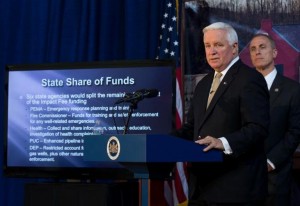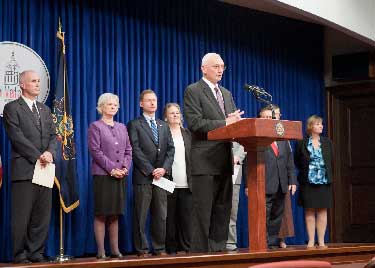State lawmakers are working on legislation to protect youth athletes from complications of concussions. A new report from the Centers for Disease Control and Prevention shows more kids are ending up in the emergency room for head injuries.
A review of emergency department visits for sports and recreation-related traumatic brain injuries, including concussions, shows an increase of 62% for kids up to age 19 between 2001 and 2009.
Dr. Julie Gilchrist, co-author of the study, says common activities were involved, including bicycling, football, basketball and soccer. Officials believe much of the increase occurred because more adults realized the youngsters needed to be seen by health care providers.
Boys between the ages of 10-19 were most likely to wind up in the emergency department for a sports or recreation related head injury. About 70% of the injury visits were among boys.
Dr. Gilchrist , a Pediatrician, researcher, and medical epidemiologist at the CDC’s Injury Center, says for children 0-4 and 5-9, boys and girls were most commonly injured in playground and bicycling activities. She says for boys 10-19, football and bicycling were the most common activities. For girls in that age group, she says it was bicycling, basketball and soccer.
Dr. Gilchrist says there are a number of things that can be done to prevent injuries. She says a helmet or the proper safety gear, having the proper skills for the activity and obeying the rules of the sport are key. She says strength and conditioning can also affect concussion rates.
She says beyond prevention, it’s important for people to know the signs of a brain injury and to know what to do. She says a child with a suspected brain injury needs to be evaluated by a health care provider who is familiar with this type of injury. They will need both physical and cognitive rest until they have fully recovered.
The state House has passed the ‘Safety in Youth Sports Act’. It requires student athletes to be pulled from games if they show signs of a concussion. It also requires students and parents to sign a concussion awareness sheet, and coaches to complete a concussion certification course. Senate concurrence is pending.













